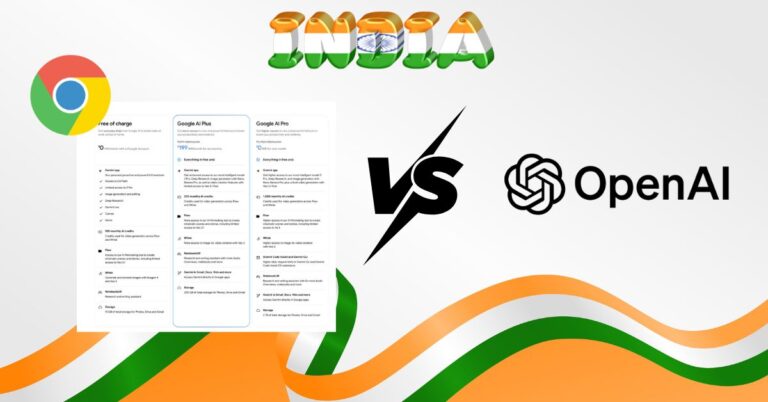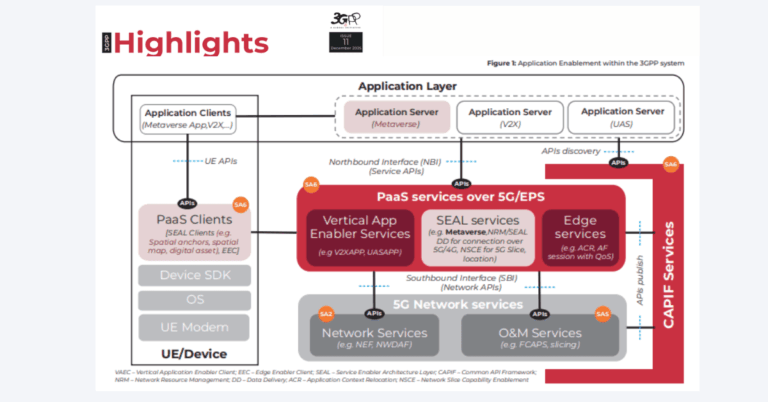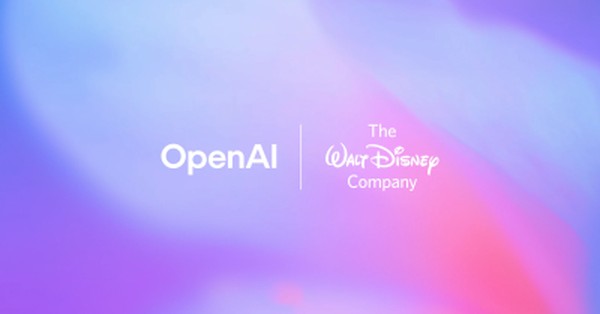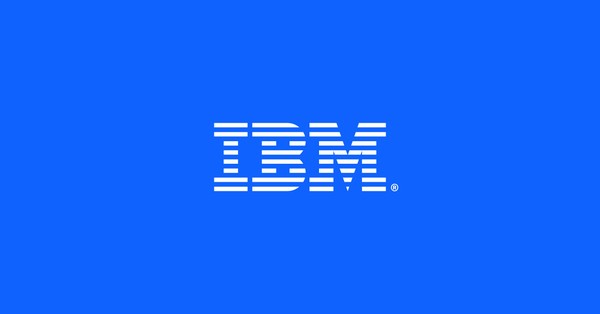OpenAI’s Custom AI Chip Strategy and Compute Stack Impact
OpenAI is reportedly partnering with Broadcom to bring a custom AI accelerator into mass production next year, a move aimed at cost control, supply assurance, and tighter hardware–software integration.
From GPUs to Custom Silicon: In-House Accelerators
The reported partnership points to OpenAI deploying its own chips internally rather than selling them, following the playbooks of Google (TPU), Amazon (Trainium/Inferentia), Microsoft (Maia/Athena), and Meta (MTIA). Owning the silicon roadmap lets hyperscalers tune architectures to their model graphs, tokens per second, and memory footprints, while reducing exposure to GPU allocation cycles. Broadcom, a leading custom ASIC and networking silicon provider, has disclosed a multibillion-dollar chip order from an unnamed customer that industry watchers widely believe is linked to this effort.
Why Now: Cost, Scale, and Supply Control
AI training and inference costs remain stubbornly high as model sizes, context windows, and user demand surge. Custom silicon can shift the cost curve by optimizing for specific workloads, improving energy efficiency, and reducing total cost of ownership across compute, memory, and networking. It also strengthens supply chain resilience at a time when advanced packaging, high-bandwidth memory (HBM), and reticle-sized dies are constrained.
Impact on Telecom, Cloud, and Edge AI Infrastructure
The move will ripple across data center design, interconnect choices, and service economics from hyperscale clouds to carrier edge sites.
KPIs Shift to Cost per Token and Energy per Inference
As inference scales faster than training, power budgets and latency per token are now board-level concerns. Custom accelerators can tailor matrix engines, memory hierarchies, and sparsity support to reduce joules per inference and improve throughput per watt. That, in turn, influences data center power distribution, liquid cooling adoption, and facility planning for both hyperscalers and telco-operated edge locations supporting RAN intelligence, network automation, and enterprise AI services.
Networking and Optics Implications for AI Clusters
AI clusters stress the fabric. Vendors are advancing 800G/1.6T optics, RoCE-based Ethernet, and switch silicon to rival proprietary interconnects. Broadcom’s portfolio across Ethernet switching and optical components positions it to align accelerator design with fabric choices, especially for customers standardizing on Ethernet rather than InfiniBand. Expect renewed evaluation of leaf–spine designs, congestion control, and QoS for AI traffic in both cloud and carrier networks.
Supply Chain Resilience and Geopolitical Hedging
Custom silicon provides leverage against supply scarcity and pricing volatility. It also diversifies risk across foundry capacity, packaging lines, and HBM suppliers. For telcos and enterprises that depend on cloud AI, this can translate into improved capacity assurances and potentially more predictable pricing as providers vertically integrate.
Technical Architecture and Ecosystem Considerations
The success of any new accelerator hinges on architecture choices and the maturity of the software stack around it.
Architecture Trade-offs: Training vs. Inference
Designers must balance training throughput with inference efficiency, precision formats, and memory bandwidth—particularly as sequence lengths and Mixture-of-Experts models grow. Expect aggressive use of HBM, advanced packaging, and high-speed chip-to-chip links, with a focus on minimizing memory-bound stalls. System design will also weigh PCIe Gen5/Gen6 lanes, CXL memory pooling, and host CPU offload to keep accelerators saturated.
Software Stack, Portability, and Developer Tooling
The biggest barrier to non-GPU silicon is developer friction. To gain traction, the stack must integrate with PyTorch, ONNX, and popular compilers and graph optimizers such as OpenXLA and Triton, while offering kernel libraries tuned for transformers and retrieval-augmented generation. Performance portability and tooling maturity—debugging, profiling, orchestration—will determine how quickly workloads migrate from CUDA-centric pipelines.
Cluster Operations, Scheduling, and Observability
Heterogeneous fleets complicate scheduling, telemetry, and autoscaling. Operators will need fine-grained observability of tensor core utilization, memory bandwidth, and network congestion, plus placement policies that account for model parallelism, data locality, and energy constraints. Kubernetes-based AI platforms and job schedulers must support mixed accelerators without sacrificing SLA guarantees.
Market Impact on Nvidia, Broadcom, and Hyperscalers
Custom accelerators change the demand mix but do not eliminate the need for incumbent GPUs in the near term.
Nvidia’s Role Remains Central in a Heterogeneous Market
New in-house chips will likely complement, not replace, GPUs—especially for bleeding-edge training and mixed workloads. However, credible alternatives can pressure pricing, shift some inference off GPUs, and influence future node allocations. Expect a more heterogeneous market where Nvidia competes on roadmap velocity, interconnect performance, and software leadership.
Broadcom’s Strategic Win Across ASICs and Networking
This engagement validates Broadcom’s custom silicon model and strengthens its position across accelerators, switching, and optics. Tight coupling of compute and fabric could accelerate adoption of high-radix Ethernet switching, congestion control refinements, and advanced optics in AI clusters, areas highly relevant to carriers upgrading core and metro networks.
Industry Trend: Vertical Integration in AI Semiconductors
The list of companies pursuing bespoke AI silicon continues to grow, underscoring a long-term shift toward vertical integration. As models and use cases fragment, the economic rationale for workload-specific accelerators strengthens, particularly for organizations with the scale to amortize silicon development across massive fleets.
What Telcos and Enterprises Should Do Now for AI Infrastructure
Plan for a heterogeneous AI era where cost, power, and fabric choices are as strategic as model selection.
Design for Multi-Accelerator Portability
Abstract workloads with frameworks that target multiple backends, and validate portability through CI pipelines that include both GPU and non-GPU targets. Invest in container images, model artifacts, and operator stacks that can shift between accelerators without application rewrites.
Engineer the Network Fabric and Facility
Align network designs for AI clusters with 800G migration plans, RoCE tuning, lossless configurations, and precise time synchronization. Prepare facilities for higher rack densities, liquid cooling, and enhanced power distribution, including capacity planning for edge sites that will host latency-sensitive inference.
Hedge Capacity and Pricing with Flexible Consumption
Negotiate flexible consumption models across cloud, hosted private cloud, and colocation. Secure early access to emerging accelerator SKUs while preserving options to scale on established GPU platforms. Track optics lead times, HBM supply dynamics, and delivery schedules to avoid stranded capacity.
Watch the Milestones: Tape-outs, MLPerf, SDKs
Key indicators include tape-out updates, initial silicon samples, performance disclosures (e.g., MLPerf), developer SDK maturity, and ecosystem integrations. Also monitor HBM availability, export-control changes, and interconnect advancements that could bottleneck or accelerate deployments.
Risks and Open Questions for First-Gen Silicon
First-generation silicon carries execution, ecosystem, and economic risks that must be managed.
Execution, Yield, and Packaging Risk
Advanced packaging, thermal envelopes, and HBM integration pose yield challenges that can delay volume ramps or constrain performance. Cluster-level stability, driver maturity, and scheduler integration are equally critical for production readiness.
Economic Outcomes vs. Roadmap Reality
Projected TCO gains can be eroded by longer-than-expected tuning cycles, tooling gaps, or faster competitor roadmaps. Compare real-world utilization, power, and latency metrics—not peak FLOPS—when assessing business cases.
Ecosystem Fragmentation and Vendor Lock-in
Proliferating accelerator types risk fragmenting tools and skills. Enterprises should prioritize open interfaces, standard model formats, and vendor commitments to upstream contributions to reduce lock-in and future migration costs.







































